| 1.
|
Giulia Ajmone Marsan, Nicola Bellomo, Andrea Tosin,
2013,
Chapter 5,
978-1-4614-7241-4,
69,
10.1007/978-1-4614-7242-1_5
|
|
| 2.
|
RINALDO M. COLOMBO, PAOLA GOATIN, BENEDETTO PICCOLI,
ROAD NETWORKS WITH PHASE TRANSITIONS,
2010,
07,
0219-8916,
85,
10.1142/S0219891610002025
|
|
| 3.
|
Max-Olivier Hongler, Olivier Gallay, Michael Hülsmann, Philip Cordes, Richard Colmorn,
Centralized versus decentralized control—A solvable stylized model in transportation,
2010,
389,
03784371,
4162,
10.1016/j.physa.2010.05.047
|
|
| 4.
|
S. Lämmer, R. Donner, D. Helbing,
Anticipative control of switched queueing systems,
2008,
63,
1434-6028,
341,
10.1140/epjb/e2007-00346-5
|
|
| 5.
|
Dirk Helbing, Amin Mazloumian,
2013,
Chapter 7,
978-3-642-32159-7,
357,
10.1007/978-3-642-32160-3_7
|
|
| 6.
|
Dirk Helbing,
2021,
Chapter 7,
978-3-030-62329-6,
131,
10.1007/978-3-030-62330-2_7
|
|
| 7.
|
Mauro Garavello, Benedetto Piccoli,
Conservation laws on complex networks,
2009,
26,
0294-1449,
1925,
10.1016/j.anihpc.2009.04.001
|
|
| 8.
|
Daniele De Martino, Luca Dall’Asta, Ginestra Bianconi, Matteo Marsili,
A minimal model for congestion phenomena on complex networks,
2009,
2009,
1742-5468,
P08023,
10.1088/1742-5468/2009/08/P08023
|
|
| 9.
|
Giulia Ajmone Marsan, Nicola Bellomo, Andrea Tosin,
2013,
Chapter 2,
978-1-4614-7241-4,
11,
10.1007/978-1-4614-7242-1_2
|
|
| 10.
|
Martin Pilat,
2018,
Evolving Ensembles of Traffic Lights Controllers,
978-1-5386-7449-9,
958,
10.1109/ICTAI.2018.00148
|
|
| 11.
|
R. Donner,
Multivariate analysis of spatially heterogeneous phase synchronisation in complex systems: application to self-organised control of material flows in networks,
2008,
63,
1434-6028,
349,
10.1140/epjb/e2008-00151-8
|
|
| 12.
|
Reik Donner,
2009,
Chapter 8,
978-3-642-04226-3,
237,
10.1007/978-3-642-04227-0_8
|
|
| 13.
|
Giulia Ajmone Marsan, Nicola Bellomo, Andrea Tosin,
2013,
Chapter 4,
978-1-4614-7241-4,
51,
10.1007/978-1-4614-7242-1_4
|
|
| 14.
|
Gui-Jun Pan, Xiao-Qing Yan, Zhong-Bing Huang, Wei-Chuan Ma,
Gradient networks on uncorrelated random scale-free networks,
2011,
83,
0031-8949,
035803,
10.1088/0031-8949/83/03/035803
|
|
| 15.
|
Luigi Rarità, Ciro D'Apice, Benedetto Piccoli, Dirk Helbing,
Sensitivity analysis of permeability parameters for flows on Barcelona networks,
2010,
249,
00220396,
3110,
10.1016/j.jde.2010.09.006
|
|
| 16.
|
Massimiliano Daniele Rosini,
2013,
Chapter 15,
978-3-319-00154-8,
193,
10.1007/978-3-319-00155-5_15
|
|
| 17.
|
D. Helbing,
Derivation of a fundamental diagram for urban traffic flow,
2009,
70,
1434-6028,
229,
10.1140/epjb/e2009-00093-7
|
|
| 18.
|
Mauro Garavello, Benedetto Piccoli,
2013,
Chapter 6,
978-1-4614-6242-2,
143,
10.1007/978-1-4614-6243-9_6
|
|
| 19.
|
Carlos Gershenson,
Guiding the Self-Organization of Cyber-Physical Systems,
2020,
7,
2296-9144,
10.3389/frobt.2020.00041
|
|
| 20.
|
Qian Wan, Guoqing Peng, Zhibin Li, Felipe Hiroshi Tahira Inomata,
Spatiotemporal trajectory characteristic analysis for traffic state transition prediction near expressway merge bottleneck,
2020,
117,
0968090X,
102682,
10.1016/j.trc.2020.102682
|
|
| 21.
|
S. N. Dorogovtsev, A. V. Goltsev, J. F. F. Mendes,
Critical phenomena in complex networks,
2008,
80,
0034-6861,
1275,
10.1103/RevModPhys.80.1275
|
|
| 22.
|
D. Helbing, A. Mazloumian,
Operation regimes and slower-is-faster effect in the controlof traffic intersections,
2009,
70,
1434-6028,
257,
10.1140/epjb/e2009-00213-5
|
|
| 23.
|
S. Havlin, D. Y. Kenett, E. Ben-Jacob, A. Bunde, R. Cohen, H. Hermann, J. W. Kantelhardt, J. Kertész, S. Kirkpatrick, J. Kurths, J. Portugali, S. Solomon,
Challenges in network science: Applications to infrastructures, climate, social systems and economics,
2012,
214,
1951-6355,
273,
10.1140/epjst/e2012-01695-x
|
|
| 24.
|
Emiliano Cristiani, Benedetto Piccoli, Andrea Tosin,
2012,
How can macroscopic models reveal self-organization in traffic flow?,
978-1-4673-2066-5,
6989,
10.1109/CDC.2012.6426549
|
|
| 25.
|
Giulia Ajmone Marsan, Nicola Bellomo, Andrea Tosin,
2013,
Chapter 1,
978-1-4614-7241-4,
1,
10.1007/978-1-4614-7242-1_1
|
|
| 26.
|
S. Blandin, G. Bretti, A. Cutolo, B. Piccoli,
Numerical simulations of traffic data via fluid dynamic approach,
2009,
210,
00963003,
441,
10.1016/j.amc.2009.01.057
|
|
| 27.
|
Lele Zhang, Jan de Gier, Timothy M. Garoni,
Traffic disruption and recovery in road networks,
2014,
401,
03784371,
82,
10.1016/j.physa.2014.01.034
|
|
| 28.
|
Gabriella Bretti, Benedetto Piccoli,
A Tracking Algorithm for Car Paths on Road Networks,
2008,
7,
1536-0040,
510,
10.1137/070697768
|
|
| 29.
|
Jan de Gier, Timothy M Garoni, Omar Rojas,
Traffic flow on realistic road networks with adaptive traffic lights,
2011,
2011,
1742-5468,
P04008,
10.1088/1742-5468/2011/04/P04008
|
|
| 30.
|
Jorge E. Macías‐Díaz, Nauman Ahmed, Muhammad Jawaz, Muhammad Rafiq, Muhammad Aziz ur Rehman,
Design and analysis of a discrete method for a time‐delayed reaction–diffusion epidemic model,
2021,
44,
0170-4214,
5110,
10.1002/mma.7096
|
|
| 31.
|
Amin Mazloumian, Nikolas Geroliminis, Dirk Helbing,
The spatial variability of vehicle densities as determinant of urban network capacity,
2010,
368,
1364-503X,
4627,
10.1098/rsta.2010.0099
|
|
| 32.
|
Amin Mazloumian, Nikolas Geroliminis, Dirk Helbing,
The Spatial Variability of Vehicle Densities as Determinant of Urban Network Capacity,
2009,
1556-5068,
10.2139/ssrn.1596042
|
|
| 33.
|
Kai Lu, Jianwei Hu, Jianghui Huang, Deliang Tian, Chao Zhang,
Optimisation model for network progression coordinated control under the signal design mode of split phasing,
2017,
11,
1751-9578,
459,
10.1049/iet-its.2016.0326
|
|
| 34.
|
Dirk Helbing,
The Automation of Society is Next: How to Survive the Digital Revolution,
2015,
1556-5068,
10.2139/ssrn.2694312
|
|
| 35.
|
Gabor Karsai, Xenofon Koutsoukos, Himanshu Neema, Peter Volgyesi, Janos Sztipanovits,
2019,
Chapter 18,
978-3-319-77491-6,
425,
10.1007/978-3-319-77492-3_18
|
|
| 36.
|
Alessia Marigo, Benedetto Piccoli,
A Fluid Dynamic Model for T-Junctions,
2008,
39,
0036-1410,
2016,
10.1137/060673060
|
|
| 37.
|
Stefan Lämmer, Dirk Helbing,
Self-control of traffic lights and vehicle flows in urban road networks,
2008,
2008,
1742-5468,
P04019,
10.1088/1742-5468/2008/04/P04019
|
|
| 38.
|
Xenofon Koutsoukos, Gabor Karsai, Aron Laszka, Himanshu Neema, Bradley Potteiger, Peter Volgyesi, Yevgeniy Vorobeychik, Janos Sztipanovits,
SURE: A Modeling and Simulation Integration Platform for Evaluation of Secure and Resilient Cyber–Physical Systems,
2018,
106,
0018-9219,
93,
10.1109/JPROC.2017.2731741
|
|
| 39.
|
Ding-wei Huang,
Persistent oscillations in a traffic model with decision-making,
2020,
2,
2523-3963,
10.1007/s42452-019-1893-2
|
|
| 40.
|
A. Cascone, R. Manzo, B. Piccoli, L. Rarità,
Optimization versus randomness for car traffic regulation,
2008,
78,
1539-3755,
10.1103/PhysRevE.78.026113
|
|
| 41.
|
Gui-Jun Pan, Sheng-Hong Liu, Mei Li,
Jamming in the weighted gradient networks,
2011,
390,
03784371,
3178,
10.1016/j.physa.2011.03.018
|
|
| 42.
|
CIRO D'APICE, BENEDETTO PICCOLI,
VERTEX FLOW MODELS FOR VEHICULAR TRAFFIC ON NETWORKS,
2008,
18,
0218-2025,
1299,
10.1142/S0218202508003042
|
|
| 43.
|
Martin Schönhof, Dirk Helbing,
Criticism of three-phase traffic theory,
2009,
43,
01912615,
784,
10.1016/j.trb.2009.02.004
|
|
| 44.
|
Massimiliano Caramia, Ciro D’Apice, Benedetto Piccoli, Antonino Sgalambro,
Fluidsim: A Car Traffic Simulation Prototype Based on FluidDynamic,
2010,
3,
1999-4893,
294,
10.3390/a3030294
|
|
| 45.
|
Hossein Zangoulechi, Shahram Babaie,
An adaptive traffic engineering approach based on retransmission timeout adjustment for software-defined networks,
2024,
15,
1868-5137,
739,
10.1007/s12652-023-04732-4
|
|











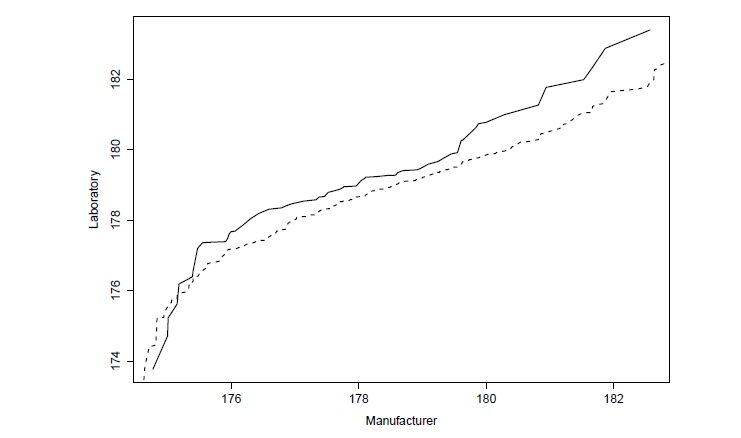
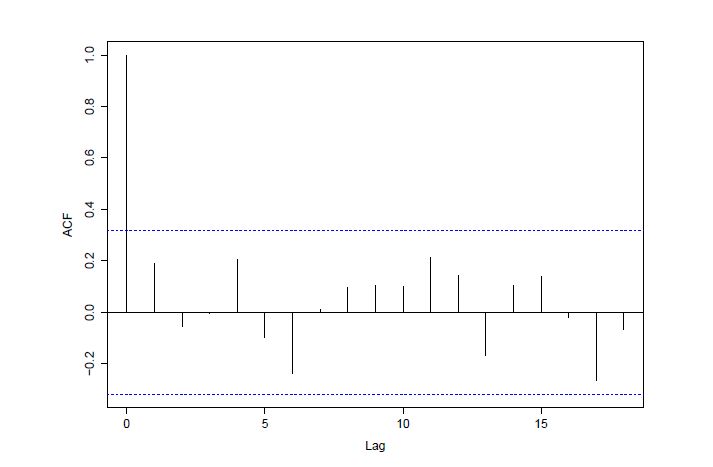
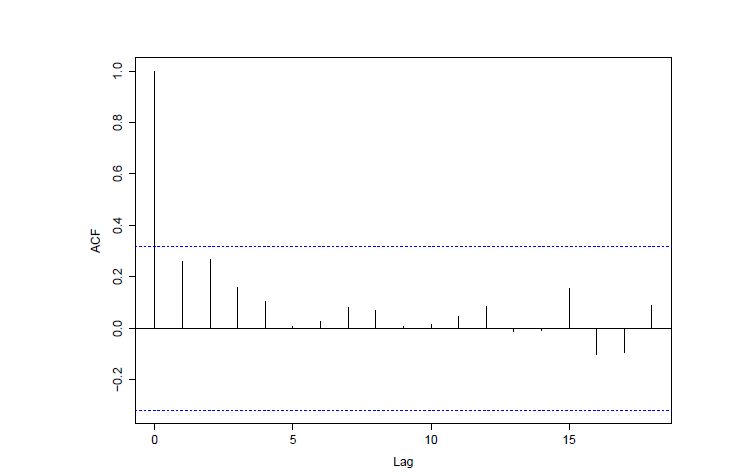
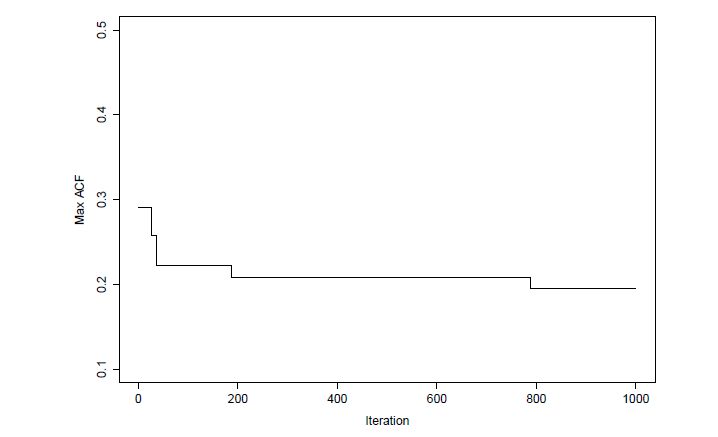
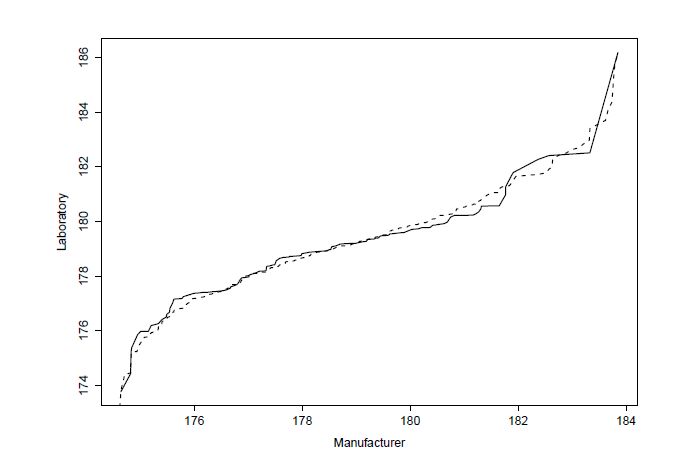
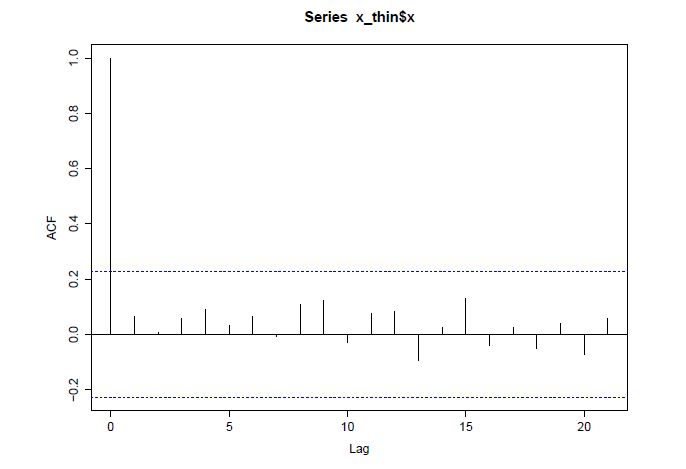

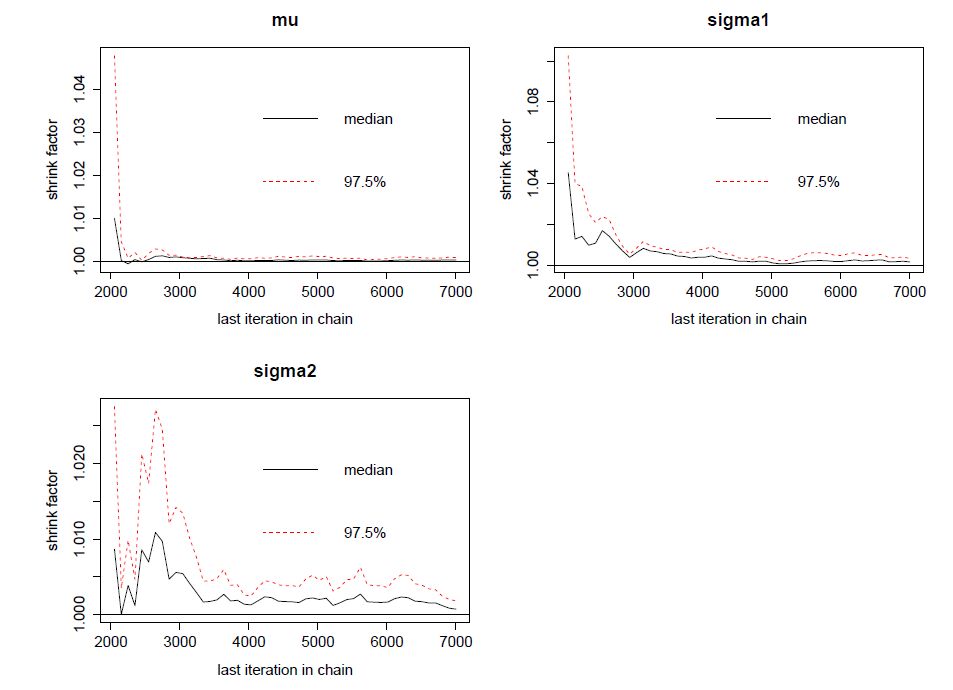


 DownLoad:
DownLoad: